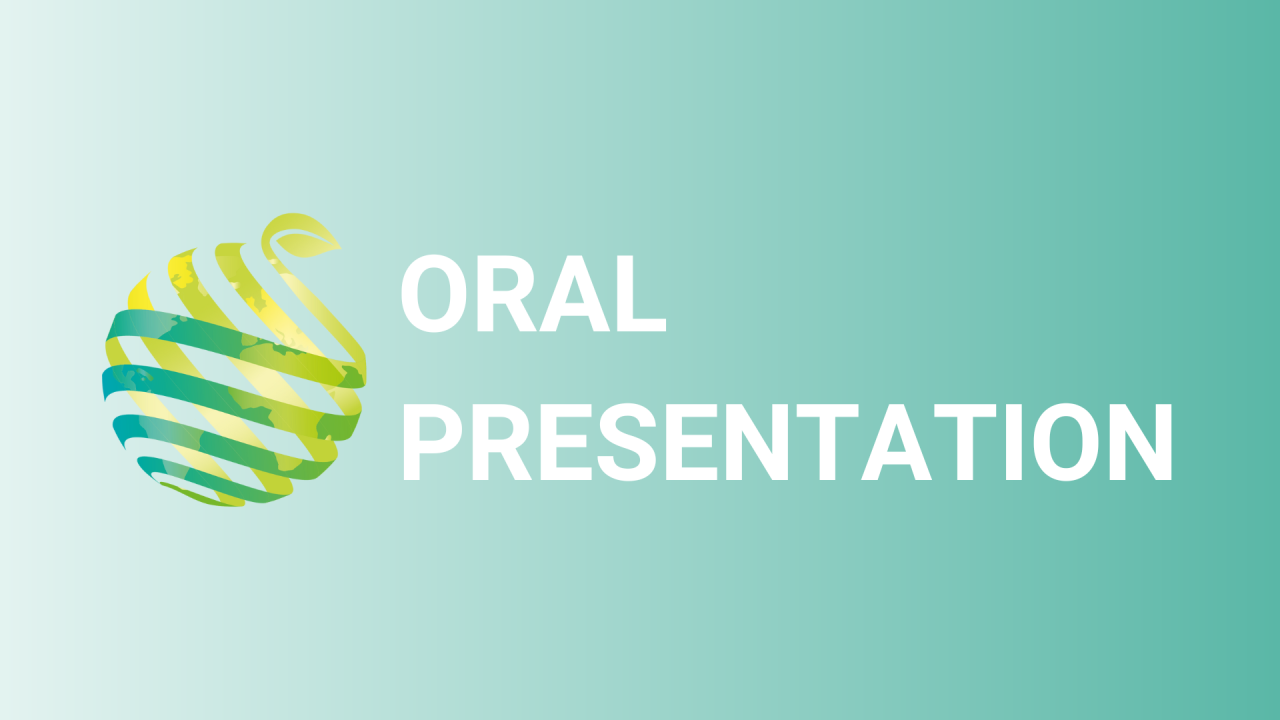

S18 - Session O1 - Testing the suitability of a terrestrial 2D LiDAR scanner for 3D canopy characterization of narrow vineyards to optimize the spraying process of pesticides
Information
Authors: Anice Cheraiet, Olivier Naud *, Sébastien Codis, Pierre Petitot, Florent Bidaut, Mathieu Liebart, James Taylor
One strategy to optimize of the spraying process is to adjust the spray rate according to local vegetative characteristics. Mobile 2D LiDAR proximal sensor data and local measurements of deposition rates from a face-to-face sprayer were made across six fields in three French narrow vineyards at three dates in 2021. Primary canopy attributes (height, width, porosity) were calculated from the LiDAR sensor data and integrated indicators (leaf-wall-area, tree-row-volume) were determined from these. A Bayesian Point Cloud Classification algorithm that combines an automatic filtering method and a classification method based on clustering to process LiDAR data was used. Multivariate models to predict the deposition distribution, as deciles, as a function of the primary canopy attributes were constructed and calibrated using the data acquired in three fields and evaluated with regards to data from three other fields. The models are based on logistic regression for data acquired at three growth stages covering the whole season. The prediction quality and uncertainty of these multivariate statistical models at three stages of growth was evaluated by comparison with a previously proposed univariate deposition models based on integrated indicators at the same growth stages. The results showed that multivariate models can predict the distribution of deposits from a typical face-to-face sprayer more accurately (0.87 < R² < 0.94) and robustly (9% < nRMSEp < 18%) than univariate prediction models based on integrated indicators. The improvement was found especially important for the lowest deciles (D1 to D5) of the deposition distribution. Results also provided evidence of the importance of canopy porosity as complementary information to canopy dimensions when predicting deposition deciles with multivariate models. These predictive multivariate models could enable variable-rate sprayers to adjust the spray rate according to local vegetative characteristics in an automated way. This work is an extension of previous work made on vineyards with wide inter-row.